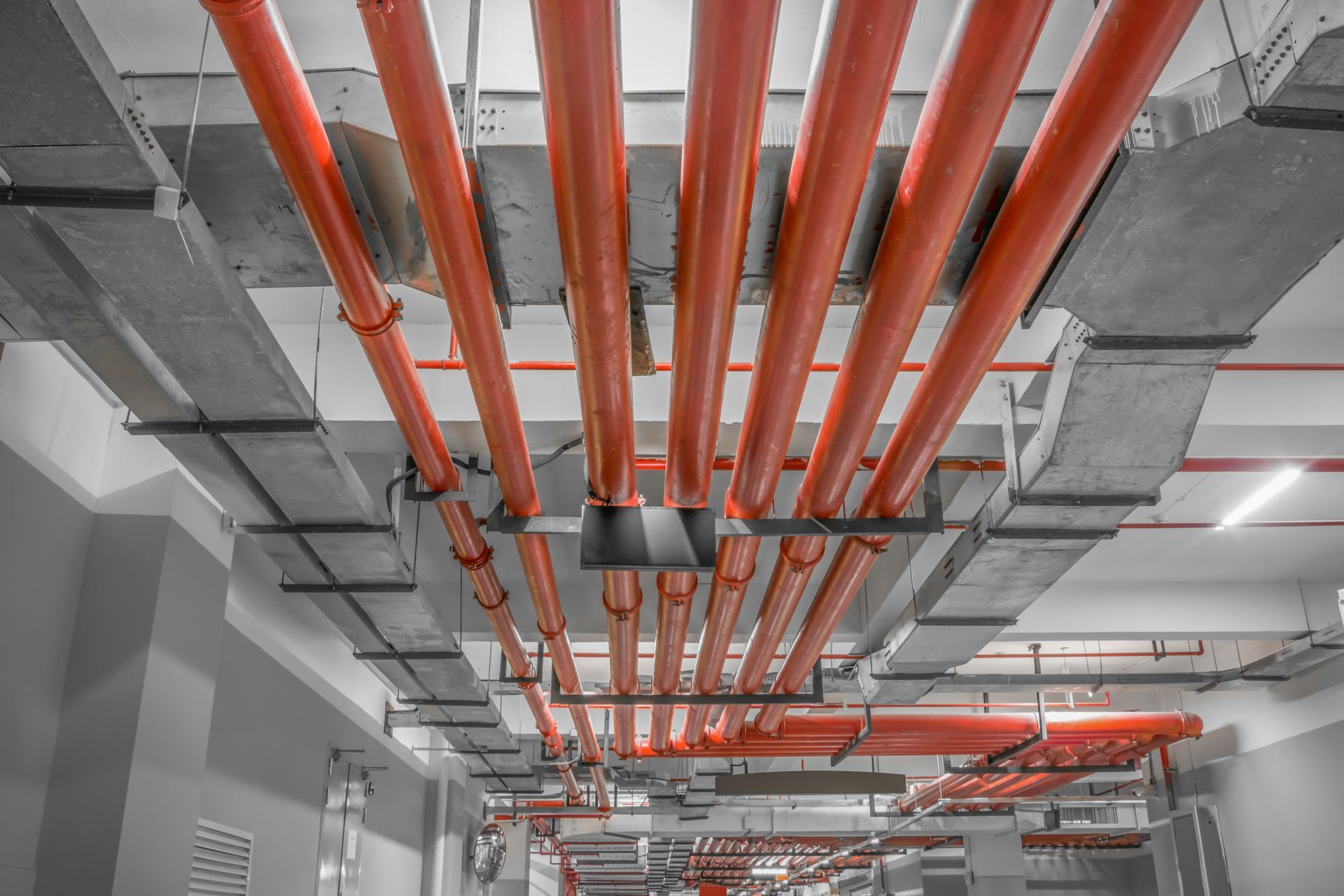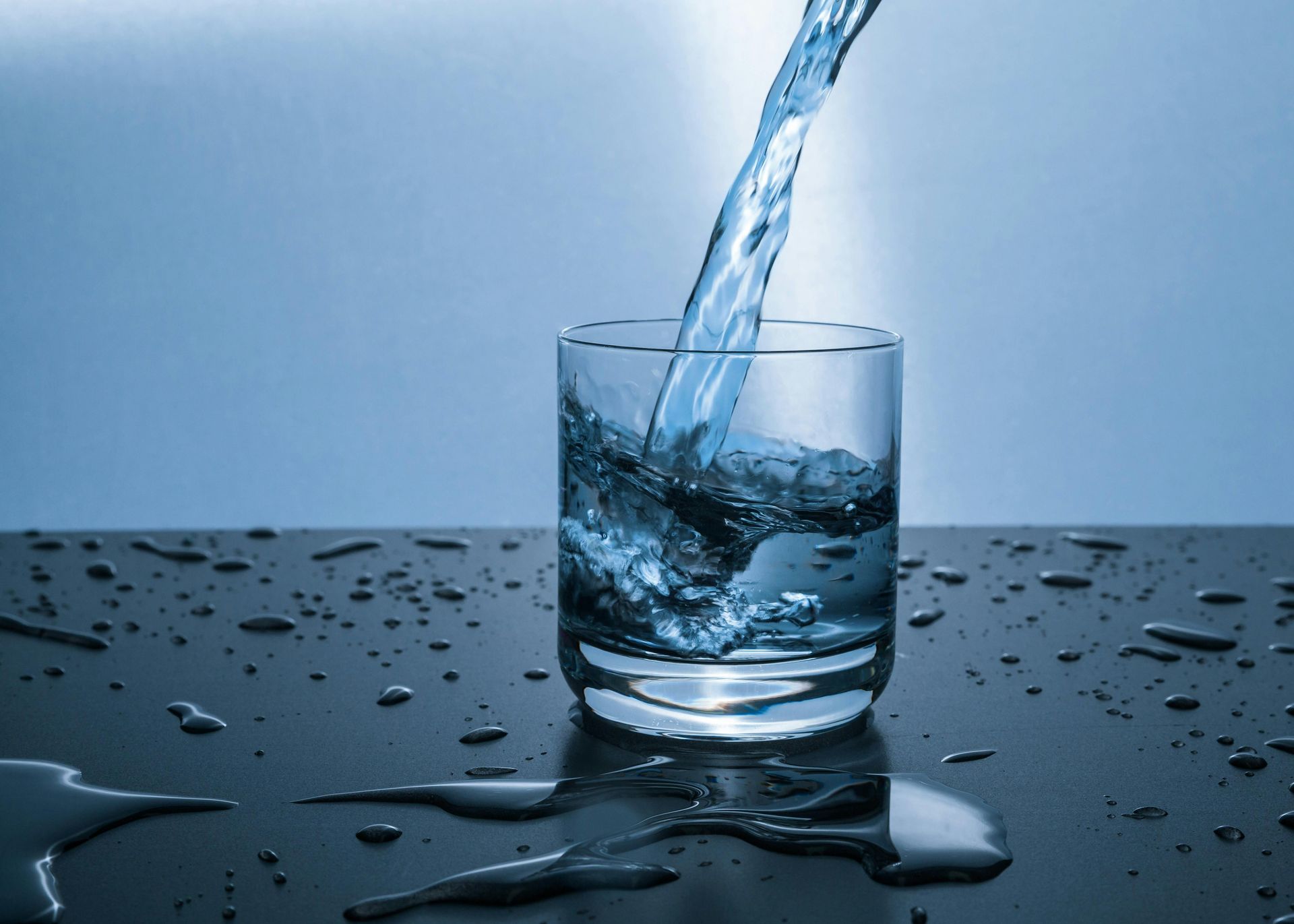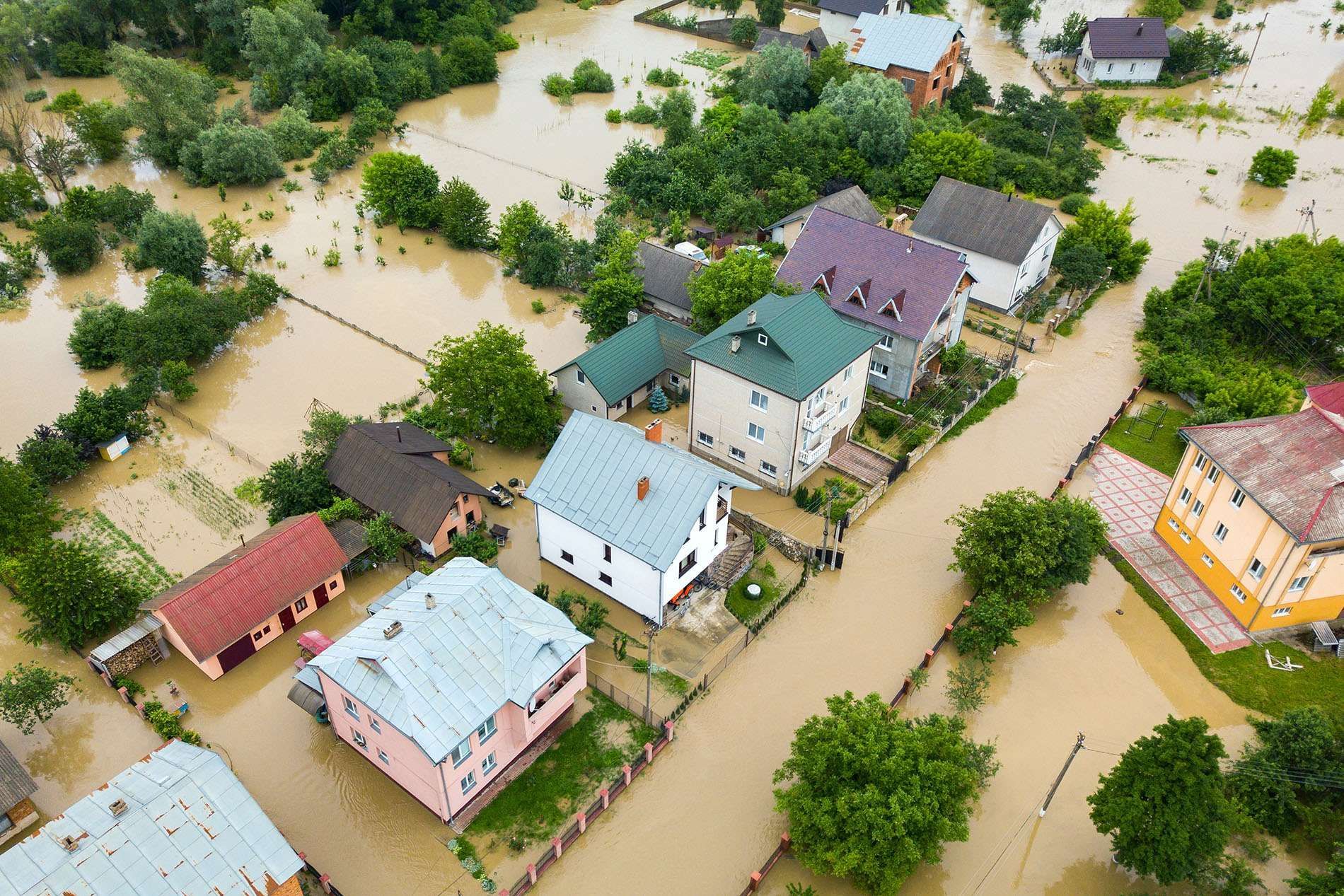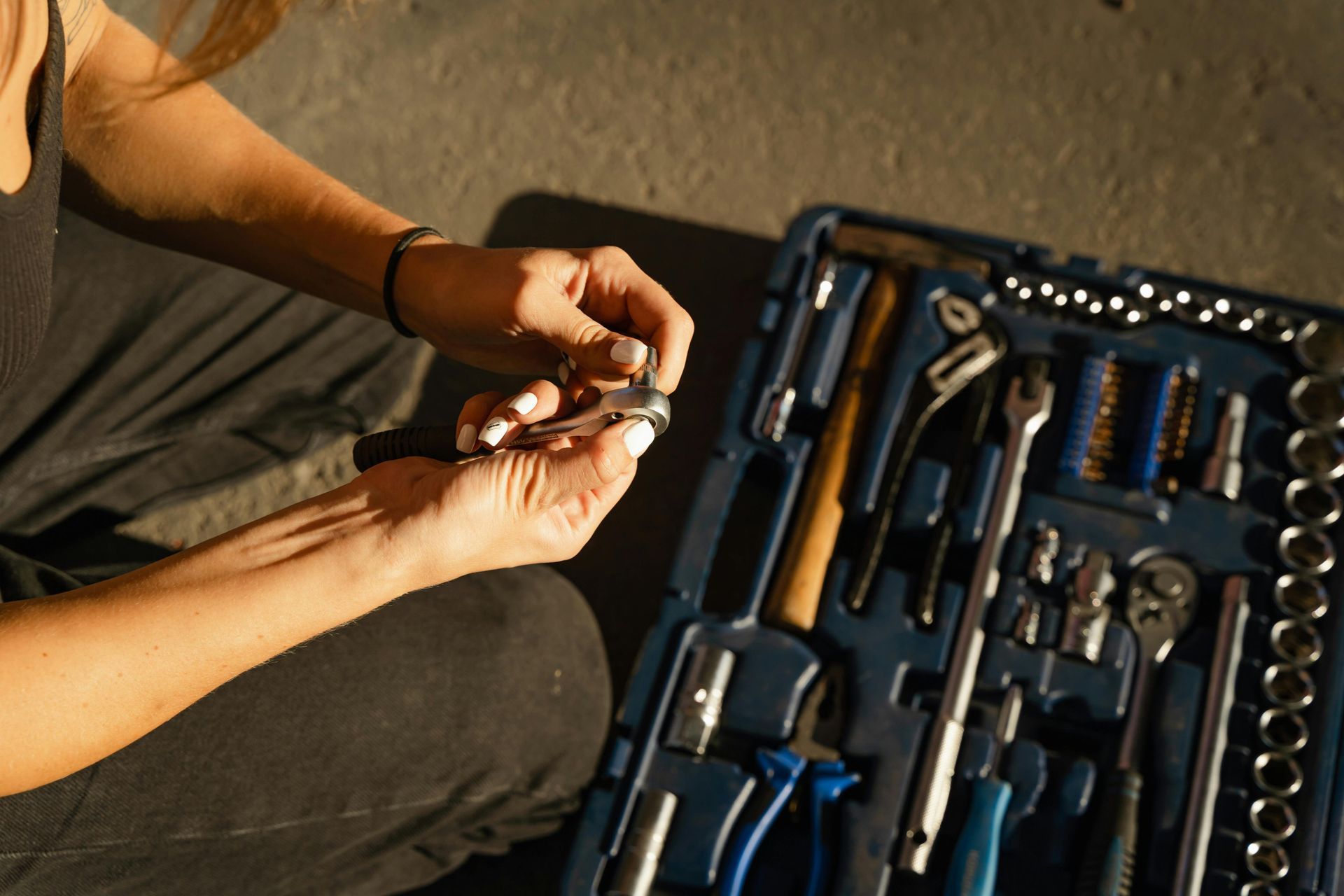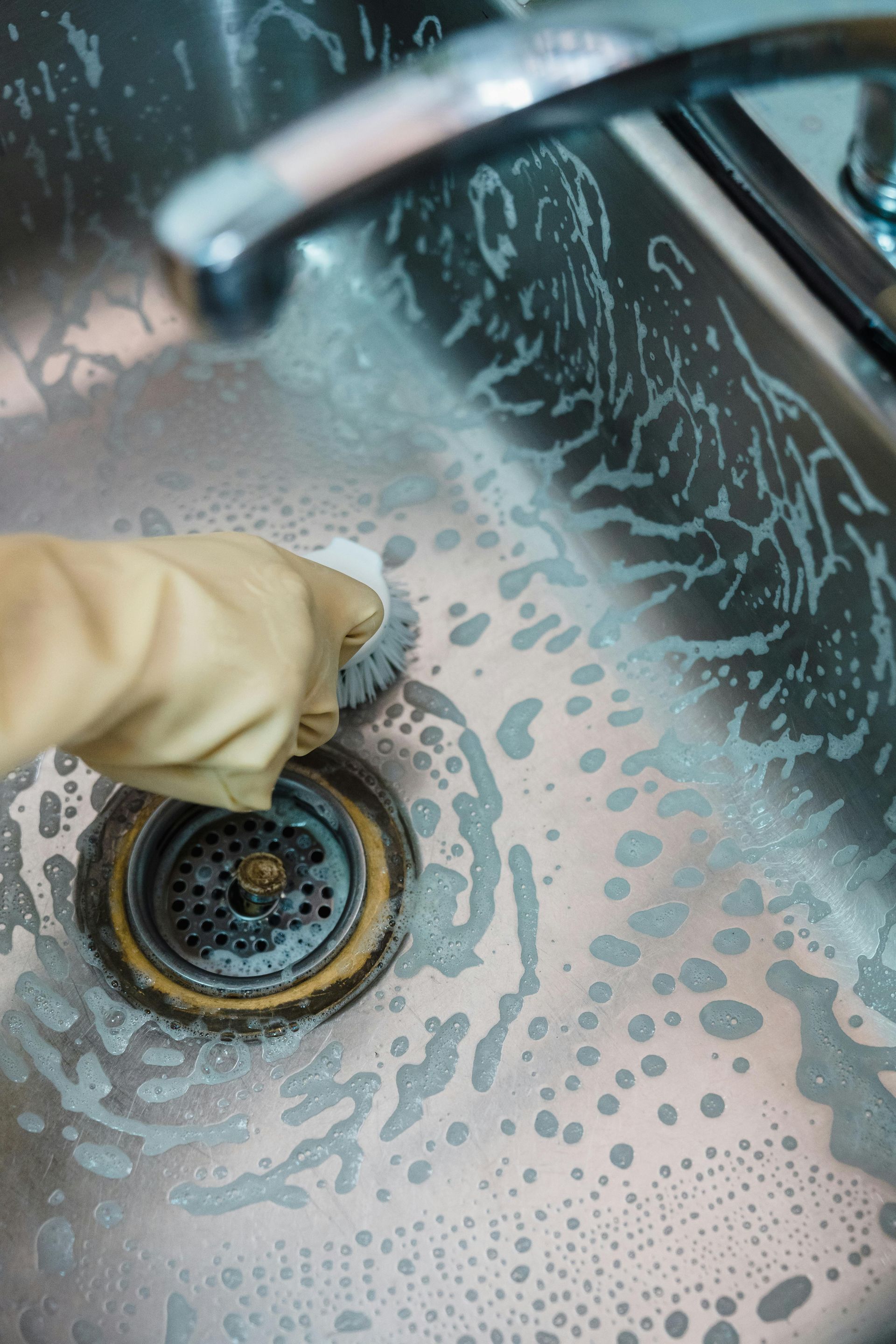Drain Snaking vs. Hydro Jetting: Which Is Better?
If you’ve ever faced a slow-draining sink, a gurgling toilet, or water pooling in the shower, you already know how frustrating drain issues can be. While some minor clogs can be tackled with a plunger or homemade remedy, more stubborn blockages demand professional intervention. That’s where two popular methods come into play: drain snaking and hydro jetting.
Both techniques aim to restore normal water flow, but they use completely different tools, levels of force, and strategies. Choosing the wrong one can lead to a temporary fix—or worse, damage to your plumbing system. In this guide, we’ll walk you through everything you need to know to make an informed decision. We’ll break down what each method does, when it’s best used, and how it holds up in the long run.
Let’s dive into the details and figure out which method is the better fit for your specific drain dilemma.
Signs You Need Professional Drain Cleaning
What Causes Serious Drain Blockages?
Over time, everyday substances like soap scum, hair, food residue, and grease accumulate along the interior walls of your pipes. In kitchen drains, oil and fats harden and stick like glue. In bathroom drains, hair tangles up with product residue, forming thick masses. Add in mineral buildup from hard water, or worse, invasive tree roots outside, and you’ve got a recipe for major clogs.
These clogs aren’t always reachable with surface-level solutions. That’s why professional methods like snaking or hydro jetting become essential—because they’re designed to reach deep and deal with the root cause.
What Is Drain Snaking and How Does It Work?
Drain snaking, also known as cabling, is a tried-and-true method that uses a flexible metal cable with a coil at the end. This cable is manually or mechanically fed into the drain, rotated, and pushed forward until it breaks through or latches onto the clog.
This method works like threading a wire through your pipes. Once the snake hits the obstruction, it either punches a hole in it to allow water to flow again or grabs and pulls it out.
Drain snaking is especially useful for:
- Hair clogs in bathroom sinks and tubs
- Food-related clogs in kitchen sinks
- Simple blockages near the drain opening
Because it relies on direct contact with the clog, snaking is more of a clearing method than a full-pipe cleaning solution.
What Is Hydro Jetting and How Does It Work?
Hydro jetting uses high-pressure water to clean your pipes from the inside out. A special nozzle connected to a pressurized hose is inserted into the drain. As water is blasted at pressures of 3,000 to 8,000 PSI, it shoots both forward and backward to break apart clogs and flush debris completely out of the system.
Unlike snaking, hydro jetting doesn’t just poke through the blockage—it scrubs the entire pipe clean, removing years of buildup.
Hydro jetting is ideal for:
- Grease and sludge buildup in kitchen lines
- Tree roots invading sewer lines
- Repeated or recurring clogs
- Preventive maintenance and full-pipe cleaning
This method is more aggressive and comprehensive, making it suitable for severe or stubborn clogs.
Step-by-Step: How Drain Snaking Is Performed
1. Inserting the Snake
The technician feeds the cable into the pipe manually or with a powered machine.
2. Locating the Clog
Once resistance is felt, the snake is rotated to either break through the clog or latch onto it.
3. Removing or Loosening the Clog
If the clog is attached, it can be pulled out. If it’s broken apart, water is flushed through to clear the debris.
4. Retesting the Flow
The plumber runs water to check if the clog is cleared and if any additional passes are needed.
Step-by-Step: How Hydro Jetting Is Performed
1. Camera Inspection
Before jetting, a plumber often uses a camera to assess the location and severity of the blockage and to ensure the pipes can handle the pressure.
2. Preparing the Jetting Equipment
A pressurized hose and specialized nozzle are fed into the pipe through an access point or cleanout.
3. High-Pressure Water Cleaning
Water is sprayed in multiple directions, cutting through clogs, removing buildup, and flushing everything toward the sewer line.
4. Final Rinse and Inspection
After jetting, a second inspection may be done to ensure the pipe is clean and damage-free.
Key Differences: Drain Snaking vs. Hydro Jetting
Snaking Removes the Clog – Jetting Cleans the Pipe
Snaking is excellent for clearing blockages but doesn’t necessarily clean the pipe walls. In contrast, hydro jetting thoroughly flushes out any lingering grease, grime, and residue, essentially giving your pipes a fresh start.
Snaking Is Gentler – Jetting Is More Powerful
Snaking is safe for older or fragile pipes, while hydro jetting uses extreme pressure that may be too aggressive for damaged or aging plumbing. Always consult a professional before hydro jetting older systems.
Snaking Is More Affordable – Jetting Offers Longer Results
Drain snaking typically costs less upfront and solves immediate issues. Hydro jetting, although more expensive, often prevents future problems by cleaning the entire system.
Snaking Targets the Present Problem – Jetting Prevents Future Ones
If your goal is simply to get the water flowing again, snaking works well. But if you're dealing with recurring clogs or years of buildup, hydro jetting is the smarter long-term investment.
Ways Your Bathroom Could Be Costing You Money
Risks Involved With Each Method
Drain snaking, while simple, isn’t without drawbacks. If the snake isn’t used properly, it can scratch the inside of your pipes or fail to reach deeper obstructions. Incomplete removal also means that clogs can return quickly.
Hydro jetting, though highly effective, can damage weak or corroded pipes if not properly assessed beforehand. The high pressure might cause leaks or even burst a compromised line. That’s why camera inspections and professional handling are absolutely necessary.
Which Method Should You Choose?
Choose Drain Snaking If:
- The clog is near the surface
- You’re dealing with hair or food residue
- Your pipes are old or fragile
- You want a quick, affordable solution
Choose Hydro Jetting If:
- You’re facing repeated clogs
- Grease or sludge is the main problem
- There’s a suspected tree root invasion
- You want full-pipe cleaning and long-term results
Ultimately, the best choice depends on the severity of the clog, the type of material causing it, and the age of your plumbing.
Expert Advice for Homeowners
Plumbers often recommend starting with drain snaking for smaller, isolated clogs. If the problem returns or affects multiple fixtures, hydro jetting is usually the next step. Video inspections are essential before hydro jetting, especially in older homes.
Regular maintenance matters. Even the best drain cleaning won’t last if your habits keep clogging the pipes. Avoid pouring grease down the sink, use hair catchers, and occasionally flush drains with hot water to reduce buildup.
Conclusion: A Smart Fix Today Prevents Bigger Problems Tomorrow
Drain snaking and hydro jetting are not enemies—they’re tools designed for different challenges. Snaking is a reliable method for simple clogs and everyday issues, while hydro jetting is the high-powered solution for deep, stubborn, or recurring blockages.
Understanding the difference can save you money, protect your pipes, and keep your home running smoothly. When in doubt, always consult a professional plumber who can assess your system and guide you to the safest, most effective option.
Because when it comes to plumbing, it's not just about getting water flowing—it's about keeping it that way.


